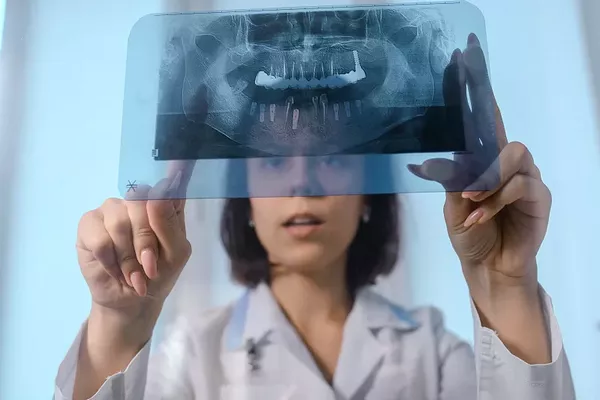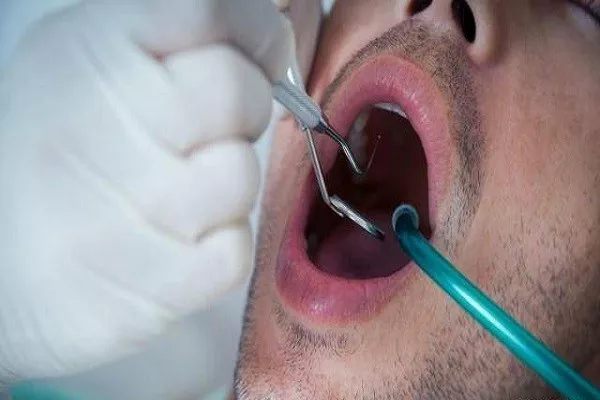Periodontal disease, a serious oral health concern affecting the gums and supporting structures of the teeth, demands careful attention and comprehensive management. Many individuals wonder whether it’s possible to get rid of periodontal disease on their own. In this professional guide, we will explore the complexities of periodontal disease, the factors influencing its development, and whether self-management is a viable option for achieving optimal oral health.
1. Understanding Periodontal Disease: Causes and Progression
To determine if self-management is possible, one must first understand the causes and progression of periodontal disease. Poor oral hygiene, plaque buildup, and bacterial infection are primary contributors. As the disease advances, it can result in gum inflammation, gum recession, and even bone loss. Recognizing the signs and symptoms is crucial for taking appropriate action.
2. Self-Assessment: Can You Identify Periodontal Disease at Home?
While self-assessment is a valuable step, it has limitations. Individuals may observe symptoms such as bleeding gums, persistent bad breath, or changes in the appearance of their gums. However, a comprehensive evaluation by a dental professional is necessary for an accurate diagnosis, as periodontal disease often manifests beneath the gumline.
3. The Role of Professional Evaluation: Establishing a Diagnosis
Professional evaluation by a dentist or periodontist is indispensable in confirming the presence and severity of periodontal disease. This evaluation includes measuring pocket depths, assessing gum recession, and conducting X-rays to identify bone loss. Professional expertise is critical for developing an effective treatment plan tailored to the individual’s specific condition.
4. Scaling and Root Planing: Professional Intervention
One of the primary treatments for periodontal disease is scaling and root planing, a deep cleaning procedure performed by a dental professional. This treatment aims to remove plaque and tartar from below the gumline, smooth root surfaces, and create an environment conducive to healing. The precision of this procedure exceeds what can be achieved through home care alone.
5. Antibiotics and Antimicrobial Therapy: Targeting Bacterial Infection
In cases where periodontal disease is more advanced, professional interventions, such as antibiotics or antimicrobial therapy, may be necessary. These medications target and eliminate the bacteria causing the infection, assisting in reducing inflammation and promoting the healing process. Prescription medications are a critical aspect of comprehensive periodontal care.
6. Surgical Interventions: When Advanced Treatment is Essential
Severe cases of periodontal disease may require surgical interventions. Procedures like flap surgery, bone grafts, and guided tissue regeneration address the damage and aim to restore the supportive structures around the teeth. The expertise and precision involved in these surgeries emphasize the importance of professional care.
7. Laser Therapy: A Complement to Professional Treatments
While laser therapy shows promise in treating periodontal disease, it is not a standalone solution. Lasers can be used as a complement to traditional treatments, offering precision in targeting and removing infected tissue. However, their effectiveness is maximized when integrated into a comprehensive treatment plan guided by dental professionals.
8. Orthodontic Evaluation: Addressing Contributing Factors
An orthodontic evaluation may be necessary, especially if misaligned teeth contribute to periodontal disease. Malocclusion can create spaces that are challenging to clean, leading to increased plaque accumulation. Orthodontic interventions, such as braces or aligners, can aid in aligning teeth and improving oral hygiene.
9. Systemic Health Considerations: Collaborating with Healthcare Professionals
Periodontal disease is linked to various systemic health conditions, making collaboration with healthcare professionals crucial. Individuals with conditions such as diabetes or cardiovascular disease should work closely with their healthcare team to manage systemic health, enhancing the overall success of periodontal disease management.
10. Home Care Practices: Complementing Professional Treatment
While professional treatments are essential, effective home care practices play a vital role in managing periodontal disease. Brushing with a soft toothbrush, flossing, and incorporating an antiseptic mouthwash into the daily routine contribute to maintaining oral health between professional visits.
11. Lifestyle Modifications: Supporting Periodontal Health
Lifestyle factors, including smoking and dietary choices, significantly impact periodontal health. Quitting smoking, adopting a balanced diet, and managing stress contribute to overall well-being and support the body’s ability to heal. Lifestyle modifications enhance the effectiveness of professional treatments.
12. Regular Periodontal Maintenance: A Lifelong Commitment
Successfully managing periodontal disease requires a lifelong commitment to regular periodontal maintenance. These professional cleanings and assessments, typically recommended every three to four months, are essential for monitoring the condition, preventing recurrence, and making necessary adjustments to the treatment plan.
Conclusion: The Collaborative Approach to Periodontal Health
While individuals can take steps at home to support oral health, managing and getting rid of periodontal disease requires a collaborative approach with dental professionals. Professional evaluations, treatments, and ongoing maintenance are critical components of successful periodontal disease management. Empower yourself by actively participating in your oral health journey, working closely with your dental team, and embracing a comprehensive approach to achieve lasting periodontal health.
Related Topics:
Can I Cure Periodontal Disease at Home? Exploring Effective Strategies
Does periodontal disease cause inflammation in the body?
Can periodontal disease be cured without surgery?





























